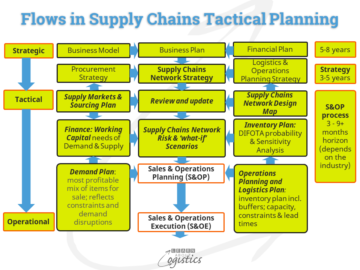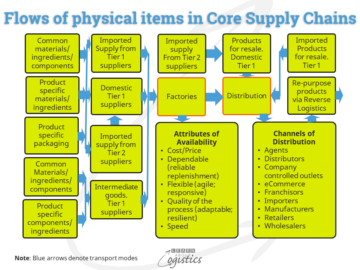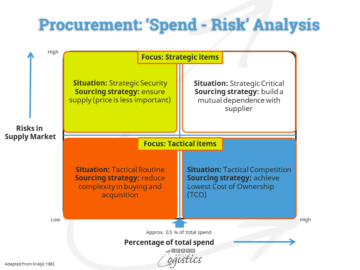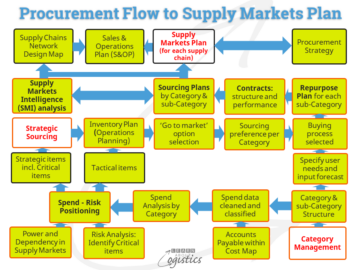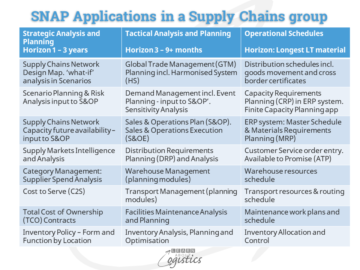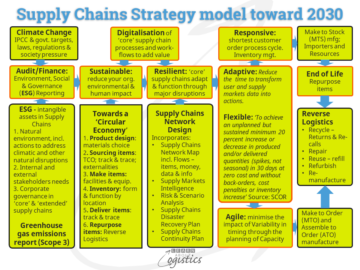The Climate and change
In 2015, most countries signed the Paris Agreement with an objective to ‘limit temperature increase to 1.5 degrees Celsius above pre-industrial levels’. Over the past twelve months to February 2024, global temperature increase has been 1.56 degrees Celsius (Source: EU Copernicus Climate Service), yet there has been little reaction.
Ten years ago it was considered that the 1.5 figure could happen after 2030, so the effects of Climate Change appear to be cumulative. Does this mean that net zero emissions must be achieved by 2040 instead of 2050?
The occurrence and intensity of heat, storms and droughts is increasing, and the when and where of these events may be less predictable. In addition, it is likely there will be major changes to the current ways of living and working. This will require changes to the systems of supply that apply to the built environment, energy usage and mobility. And all this will provide added uncertainty through supply chains, so it is better to be prepared.
A previous blogpost discussed actions for Adaptation to Climate Change, but prior to this is the Risk Assessment. In a full Risk Assessment, there are four sectors of supply chains in which risks occur:
- Supply Chain Network Design risks within the Core and Extended inbound and outbound supply chains
- External risks to the supply chains from interactions between a location (an inventory Node or transport Link) in your organisation’s Supply Chains Network and the wider environment. These can be summarised under the PESTEL acronym: (Geo)-Political; Economic; Social; Technological; Environmental and Legal
- Internal enterprise risks to the supply chains, such as internal complexity
- Internal Supply Chain Group risks within the core members: Procurement, Operations Planning and Logistics
Environmental risks within the PESTEL acronym
There are few reports available that indicate the total costs associated with Climate Change risks that can assist companies to assess the costs to their business. Two recent reports provide some figures:
- A report by the National University of Singapore (NUS) featured in Eco-Business. In 2018, heat stress in Singapore caused productivity to decrease by an estimated 11 percent, which by 2030 could reach 14 percent. The largest productivity decline is for outdoor workers, especially in the construction sector. When temperatures exceed 32 degrees Celsius, heat stress impairs decision-making, putting workers at a high risk of injury.
- Tree cover in urban areas can lower temperatures by up to 4 degrees C, but reduced tree cover increases air conditioning demand and results in higher pollution, heat related sickness and deaths. Under current plans, Singapore could lose 10 percent of its forest cover in the next 10 years due to urban development.
- A study by the European Central Bank & Potsdam Institute for Climate Impact Research used 20,000 data points to find a real-world causal link between extreme weather (especially heat) and increased retail prices. The researchers estimate that beyond 2030, retail prices will increase by 1.5-1.8 percent annually (and more in hot countries), which translates to an increase in inflation of 0.8-0.9 percent. This is called ‘Climateflation’!
To assist with a standard approach to formatting climate risks, the European Environment Agency (EEA) has provided the European Climate Risk Assessment, based on five clusters – Economy & Finance; Infrastructure; Ecosystem; Health and Food, as shown in the diagram. The Assessment can be adapted to suit other regions and also used as the basis for an organisation’s Environmental Risk assessment.
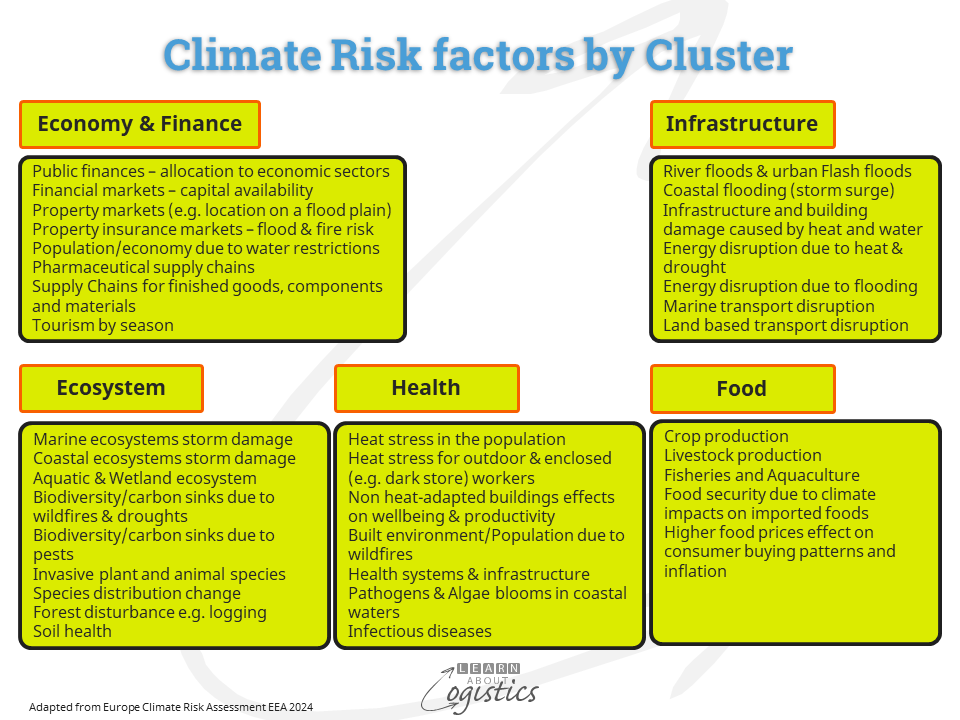
Economy and Finance: Climate Change impacts affect an economy and its financial system, from where they can cascade to other policy areas. However, they may be deprived of financial resources, due to high government and private expenditure on Mitigation and Adaptation measures. Weather extremes threaten assets, which may increase insurance premiums and widen under-insurance, which may require government assistance. Increased government expenditure on emergency recovery. When there are long decision horizons or lead times, Climate Change risks that are not currently at critical levels could require earlier action to prevent severe impacts in the future, affecting national budgets.
Infrastructure: Heat and droughts cause risks to energy demand, transmission and production. Power networks are interconnected, so a failure at one point in a network can cascade to other regions and countries. More frequent and extreme weather events increase risks to the built environment and critical services, including energy, water and transport, which can affect many aspects of society and the financial system. Coastal flood risks due to rising sea levels and changes in storm patterns. Residential buildings need to be adapted to the increasing heat. Renewable energy expectations.
Ecosystems: Climate impacts on marine, coastal and freshwater ecosystems can cascade to food production and security, human and animal health, infrastructure, land use and the wider economy. Forest fires can impact logistics and transport networks. El Niño can bring heavy rainfall, flooding, and storms to some regions and drought in other regions, leading to reduced availability of some agricultural products and possible crop failures. Extreme storms (hurricanes, cyclones and tornadoes) and lesser, but serious storms (hail, ice, snow, wind and thunder) can disrupt supply chains and damage logistics infrastructure.
Health: Heat is a serious climate risk for human health, which can affect labour productivity and resources for the health system. At highest risk are outdoor workers; the elderly and people living in areas with an urban heat island effect, and in non-insulated accommodation with inadequate access to cooling.
Food: Risks to crop production from heat and drought, especially from prolonged droughts that affect large areas. Climate impacts on food production can cascade to rural and coastal livelihoods, land use and the supply of drinking water. Potential for a ‘circular economy’ for products, including eco-friendly packaging.
A feature of Climate Change risks are ‘risk cascades’. An earlier blogpost discussed situations where the impacts of a single event can cascade to multiple systems and sectors. An example is mega-droughts that affect supply chains, which are currently occurring in the Panama Canal and the Yangtze River Basin, and water insecurity in Johannesburg and Mexico City.
The potential for supply chain disruptions caused by climate related events will be a significant concern for supply chains and economies. Increasing Climate Change risks and the need for Supply Chains resilience will require increased attention from supply chain and business leaders.
- SEO Powered Content & PR Distribution. Get Amplified Today.
- PlatoData.Network Vertical Generative Ai. Empower Yourself. Access Here.
- PlatoAiStream. Web3 Intelligence. Knowledge Amplified. Access Here.
- PlatoESG. Carbon, CleanTech, Energy, Environment, Solar, Waste Management. Access Here.
- PlatoHealth. Biotech and Clinical Trials Intelligence. Access Here.
- Source: https://www.learnaboutlogistics.com/climate-change-risk-factors-that-affect-supply-chains/#utm_source=rss&utm_medium=rss&utm_campaign=climate-change-risk-factors-that-affect-supply-chains
- :has
- :is
- :not
- :where
- $UP
- 000
- 1
- 10
- 11
- 14
- 20
- 2015
- 2018
- 2024
- 2030
- 2040
- 2050
- 32
- 4
- 5
- 8
- 9
- a
- About
- above
- access
- accommodation
- achieved
- Action
- actions
- adaptation
- adapted
- added
- addition
- affect
- affecting
- After
- agency
- ago
- Agreement
- Agricultural
- AIR
- Air Conditioning
- All
- also
- an
- and
- animal
- Annually
- appear
- Apply
- approach
- ARE
- areas
- AS
- aspects
- assess
- assessment
- Assets
- assist
- Assistance
- associated
- At
- attention
- availability
- available
- Bank
- based
- basis
- BE
- been
- Better
- between
- Beyond
- bring
- Budgets
- buildings
- built
- business
- Business Leaders
- but
- by
- called
- CAN
- cascade
- Cause
- caused
- Celsius
- central
- Central Bank
- chain
- chains
- change
- Changes
- City
- Climate
- Climate change
- Cluster
- coastal
- Companies
- Concern
- considered
- construction
- Core
- Costs
- could
- countries
- cover
- critical
- crop
- Current
- Currently
- damage
- data
- data points
- deaths
- decision
- Decision Making
- Decline
- decrease
- Demand
- Design
- Development
- diagram
- discussed
- Disrupt
- disruptions
- does
- Drought
- due
- Earlier
- Eco-friendly
- Economic
- economies
- economy
- ecosystem
- Ecosystems
- effect
- effects
- el
- Elderly
- emergency
- Emissions
- energy
- Enterprise
- Environment
- environmental
- especially
- estimate
- estimated
- Ether (ETH)
- EU
- Europa
- European
- European Central Bank
- Event
- events
- example
- exceed
- expectations
- extended
- extreme
- extremes
- factors
- Failure
- failures
- Feature
- featured
- February
- few
- Figure
- Figures
- finance
- financial
- financial system
- Find
- fires
- five
- flood
- food
- For
- forest
- four
- frequent
- from
- full
- future
- Global
- Government
- Group
- happen
- Health
- Health System
- heavy
- High
- higher
- highest
- Horizons
- HOT
- However
- HTTPS
- human
- ICE
- Impact
- Impacts
- in
- In other
- Including
- Increase
- increased
- Increases
- increasing
- indicate
- inflation
- Infrastructure
- injury
- insecurity
- instead
- Institute
- insurance
- interactions
- interconnected
- internal
- inventory
- island
- IT
- ITS
- johannesburg
- Labour
- Land
- large
- largest
- lead
- leaders
- leading
- LEARN
- less
- lesser
- levels
- likely
- LINK
- little
- livelihoods
- living
- location
- logistics
- Long
- lose
- lower
- major
- many
- Marine
- max-width
- May..
- mean
- measures
- Members
- Mexico
- Mexico City
- mitigation
- mobility
- months
- more
- most
- multiple
- must
- National
- Nature
- Need
- net
- network
- networks
- next
- node
- NUS
- objective
- occur
- occurrence
- occurring
- of
- on
- ONE
- Operations
- or
- Other
- Outdoor
- over
- packaging
- Panama
- paris
- Paris Agreement
- past
- patterns
- People
- percent
- planning
- plans
- plato
- Plato Data Intelligence
- PlatoData
- Point
- points
- policy
- Pollution
- possible
- potential
- power
- Predictable
- prepared
- prevent
- Prices
- Prior
- private
- procurement
- Production
- productivity
- Products
- provide
- provided
- Putting
- reach
- reaction
- real world
- recent
- recovery
- Reduced
- regions
- related
- Renewable
- renewable energy
- report
- Reports
- require
- research
- researchers
- residential
- resilience
- Resources
- Results
- retail
- rising
- Risk
- risk assessment
- risk factors
- risks
- River
- Rural
- SEA
- sector
- Sectors
- security
- serious
- service
- Services
- severe
- shown
- signed
- significant
- Singapore
- single
- situations
- snow
- So
- Social
- Society
- some
- Source
- standard
- Storm
- storms
- stress
- such
- Suit
- supply
- supply chain
- Supply chains
- system
- Systems
- technological
- that
- The
- their
- There.
- These
- they
- this
- threaten
- Through
- times
- to
- Total
- transmission
- transport
- tree
- two
- Uncertainty
- under
- university
- urban
- Urban Areas
- Usage
- use
- used
- was
- Water
- ways
- Weather
- when
- which
- widen
- wider
- will
- wind
- with
- within
- workers
- working
- years
- yet
- Your
- zephyrnet
- zero



